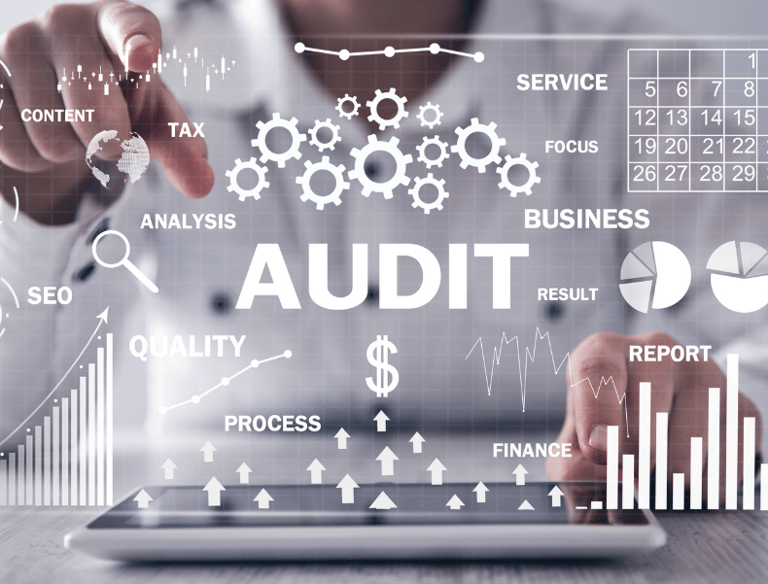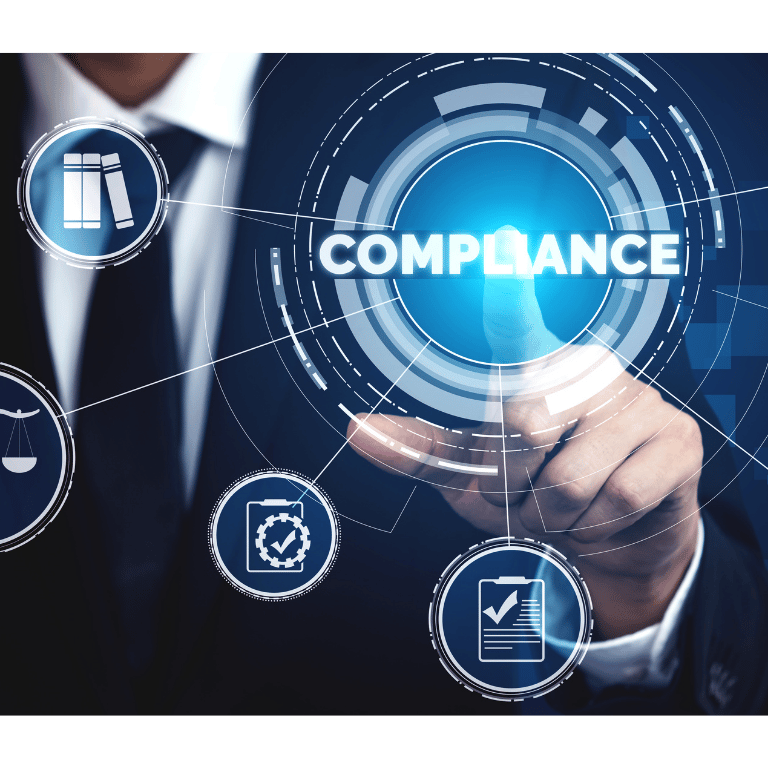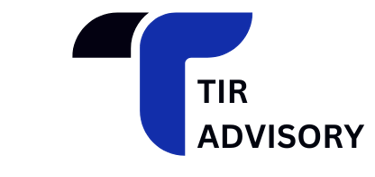IT Audit & Control Assessment
Comprehensive IT audits and control reviews aligned with regulatory, security, and operational standards.
IT General Control and Application Control Audit


To help organizations evaluate the effectiveness of IT general controls and application-level controls that ensure system reliability, secure access, change integrity, and accurate processing of business transactions.




Regulatory Compliance Audit
To help organizations verify alignment with regulatory requirements from authorities such as the Bank of Thailand (BOT), Securities and Exchange Commission (SEC), and Office of Insurance Commission (OIC).
To help organizations assess IT controls and compliance risks in outsourced service providers and technology vendors, ensuring alignment with security, regulatory, and contractual requirements
Third-Party Risk & Control Review


IT General Control and Application Control Audit
What is IT General Control and Application Control Audit?
An ITGC and ITAC audit involves the assessment of both general and application-level technology controls within an organization.
IT General Controls (ITGC) audits focus on the foundational controls that support the overall IT environment—such as user access management, system change control, and IT operations. These controls are critical to ensuring the stability, security, and integrity of systems that support key business processes.
IT Application Controls (ITAC) audits evaluate specific controls within business applications that ensure transactions are processed accurately, completely, and in accordance with defined rules. These include validations at data input, processing, and output stages.
Why It Matters?
Supporting reliable financial and operational reporting
Reducing the risk of data errors, unauthorized access, or system misuse
Meeting regulatory and audit expectations
Strengthening internal governance over technology systems
How to Start?
Identifying critical systems and applications that support financial, operational, or compliance processes
Mapping existing IT controls across access, change, operations, and application-level processing
Performing control walkthroughs and testing to evaluate effectiveness
Documenting gaps and remediation actions, with clear roles and timelines
Engaging independent auditors or consultants to provide objective assessment and recommendations


Regulatory Compliance Audit
What is IT General Control and Application Control Audit?
A formal review of IT-related controls and practices to determine whether the organization complies with applicable legal and regulatory requirements. This includes evaluating internal policies, evidence, and processes to ensure that technology operations align with expected obligations. This includes sector-specific standards such as those from the Bank of Thailand (BOT), Securities and Exchange Commission (SEC), and Office of Insurance Commission (OIC)
Why It Matters?
Demonstrates accountability and transparency in compliance management
Reduces exposure to regulatory penalties and reputational risks
Reinforces confidence among stakeholders, auditors, and regulators
Enables proactive identification of non-compliance before formal inspections
How to Start?
Identify relevant regulatory requirements based on industry and operations
Assess existing policies, processes, and evidence against expectations
Perform testing of control implementation and effectiveness
Prioritize remediation actions and prepare for audit readiness


Third-Party Risk & Control Review
What is IT General Control and Application Control Audit?
A structured review of external service providers to evaluate how they manage technology-related risks and controls. The assessment considers areas such as data protection, service continuity, contract adherence, and the ability to operate within defined risk tolerances.
Why It Matters?
Strengthens oversight over critical third-party dependencies
Helps prevent business disruption, data exposure, and compliance failures
Ensures that external providers operate within agreed security and control expectations
Enhances risk visibility across the extended enterprise
How to Start?
Identify high-risk third parties based on service criticality and data sensitivity
Establish assessment criteria based on control expectations
Review provider documentation, assurance reports, and control evidence
Develop action plans and continuous monitoring practices
Contact US
Leave your email for business contact, we will reach out to you asap!
info@tir-advisory.com
+66 95 582 9976
© 2025 by TIR Advisory Co. Ltd. All rights reserved.


